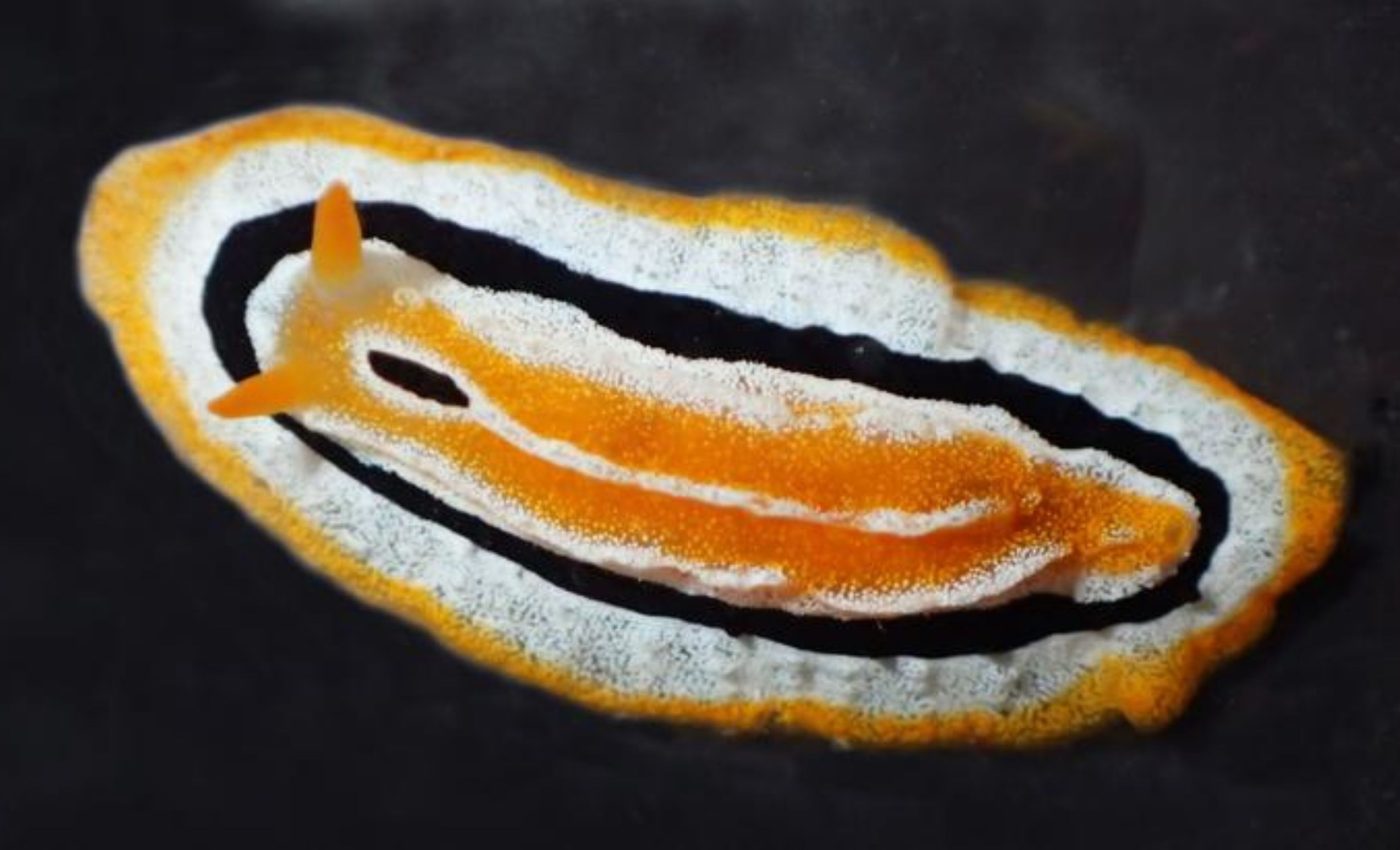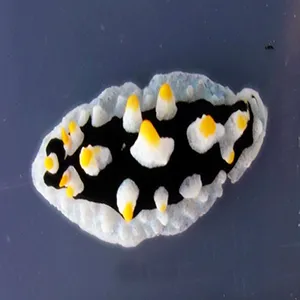
Two rare sea slugs discovered using diver photos
Scientists have discovered two new species of wart sea slugs in North Sulawesi, Indonesia: Phyllidia ovata and Phyllidia fontjei. These marine invertebrates belong to the family Phyllidiidae and are known for their vivid colors and chemical defenses.
The sea slugs live on Indo-Pacific coral reefs and feed on sponges. They store sponge toxins in their own tissues as protection from predators. Though over 350 sea slug species are found in North Sulawesi, nearly 100 remain unnamed.
The research was conducted by an international team of scientists from Germany, Indonesia, and Wales.
Sea slug species was misclassified
Phyllidia ovata gets its name from its oval shape and pattern. This species has been photographed over the last two decades across Indonesia, Japan, Taiwan, the Philippines, and Australia. However, it was previously misidentified as Phyllidia picta or Phyllidia coelestis.
The sea slug has a clean white body with a central black patch surrounded by bright tubercles tipped in yellow. It can grow up to 50 mm (2 inches).
The sea slug’s unique appearance, including the ventral anus and black foot line, separates it from similar species.
A tribute to an Indonesian scientist
Phyllidia fontjei is named in honor of Dr. Fontje Kaligis, an Indonesian scientist who contributed significantly to global sea slug research.
Measuring just 16 mm (0,6 inches), this species is notably small. It has a white body, a bright orange patch at the center, and a black band – making it visually distinct.
Researchers discovered Phyllidia fontjei resting on a sponge at a depth of 25.3 meters (83 feet), near Bunaken Island in North Sulawesi.
Sea slugs with unique traits
What sets P. fontjei apart from related species is its lack of prominent dorsal tubercles. Instead, its back displays three smooth ridges and tiny granules.
Internally, it reveals unique anatomical traits. Scientists observed a well-developed glandular oral tube, a structure now recognized as key in feeding. This oral tube was previously referred to as a pharyngeal bulb.
The slug also features a complex reproductive system. These internal features, captured in detailed histological slides, helped confirm P. fontjei as a new and separate sea slug species.
Distinct anatomical differences
Scientists used advanced microscopy to compare P. fontjei with P. ocellata and the Mediterranean species P. flava.
They found minor structural differences in digestive and reproductive anatomy, despite size and distribution variations. P. fontjei matures at a small size, while P. ovata and P. flava grow much larger.
The study introduced the term “glandular oral tube” to describe a part of the digestive tract previously called the “pharyngeal bulb.” This gland structure, which is used during feeding, may be specific to each species.
Images from histological slides show glandular folds, muscle bundles, and the reproductive organs in striking clarity.
Limited sightings of the sea slugs
Phyllidia ovata ranges from Japan to Australia, with most sightings in Taiwan, Indonesia, and the Philippines.
In contrast, Phyllidia fontjei has a smaller known range and is limited to Indonesia, Malaysia, and parts of the Andaman Sea.
Both species remain extremely rare, even in areas where other Phyllidia sea slugs are commonly found.
Limited sightings suggest that these newly described species may have highly specific habitat preferences or low population densities.
Despite their vibrant appearance, they often go unnoticed in the diverse reef ecosystems they inhabit. Their rarity underlines the need for continued exploration and documentation of marine invertebrate life.
Citizen science played a key role
The discoveries would not have been possible without contributions from amateur divers and photographers. Platforms like iNaturalist, NudiPixel, Facebook, and the Sea Slug Forum helped scientists locate images of these nudibranchs.
“We all use these platforms in many different fields of taxonomy as they provide useful records when the species are distinctive, and have done so for more than two decades,” said Dr. Nathalie Yonow of Swansea University.
This discovery highlights the value of open collaboration and long-term data collection. It also reminds us that the ocean still holds many surprises, even in regions that are frequently explored.
The full study appears in the journal ZooKeys.
Image Credit: Heike Wägele.
—–
Like what you read? Subscribe to our newsletter for engaging articles, exclusive content, and the latest updates.
Check us out on EarthSnap, a free app brought to you by Eric Ralls and Earth.com.
—–














